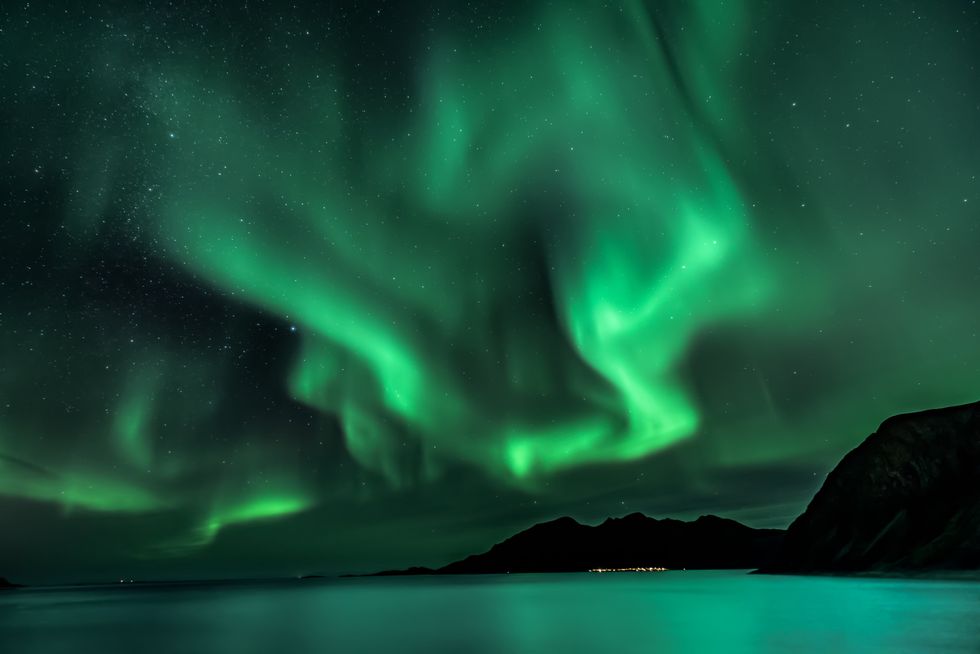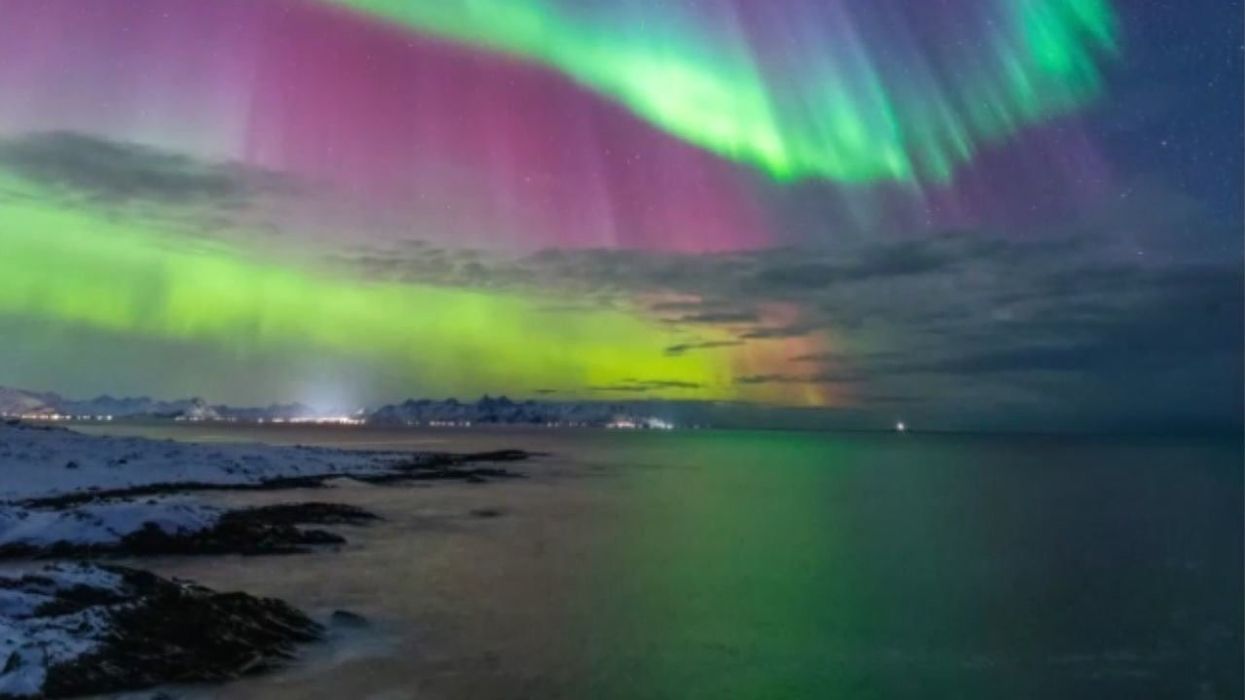Jake Brigstock
Jul 08, 2024
The calm Norwegian sky is illuminated by the stunning Northern Lights released …
WooGlobe - Best of Internet / VideoElephant
For the very first time, a 'polar rain' aurora was seen in the skies above Planet Earth on Christmas Day and Boxing Day in 2022.
It's very different to Aurora Borealis, or Northern Lights - in this case, the aurora was a faint, featureless glow that spanned 2,485 miles with no structure, pulse or varying brightness, reports Space.com.
A team led by Keisuke Hosokawa, of the Centre for Space Science and Radio Engineering at the University of Electro-Communications in Tokyo, worked to find out more about it.
The team compared its view with the naked eye of this aurora with what the Special Sensor Ultraviolet Scanning Imager (SSUSI) on the polar-orbiting satellites of the Defense Meteorological Satellite Program (DMSP) saw.
What was captured by the satellites is what's known as a 'polar rain' aurora which had previously only been seen in space.

The sun's corona (outer layer) has loads of holes in it and solar wind can travel much faster through these than regular solar wind.
These holes can appear at lower latitudes and that's what happened with the 'polar rain' aurora as it happened at the same time the regular solar wind stopped.
In this case, the holes allowed high-energy electrons to travel through space and open magnetic field lines, which are also opened through these holes, which connected with Earth's magnetic field above the North Pole.
Usually, these can't be seen by the naked eye because the regular polar wind particles scatter the electrons but the pressure of the solar wind had decreased to the point it was negligible and the electrons could reach Earth without being hindered.
The piece of evidence that confirmed this caused the 'polar rain' aurora was that the DMSP satellites only saw it over the North Pole, which during winter in the Northern Hemisphere is tilted towards the sun.
The 21st June edition of the Science Advances journal has the full explanation.
How to join the indy100's free WhatsApp channel
Sign up to our free indy100 weekly newsletter
Have your say in our news democracy. Click the upvote icon at the top of the page to help raise this article through the indy100 rankings.
Top 100
The Conversation (0)














